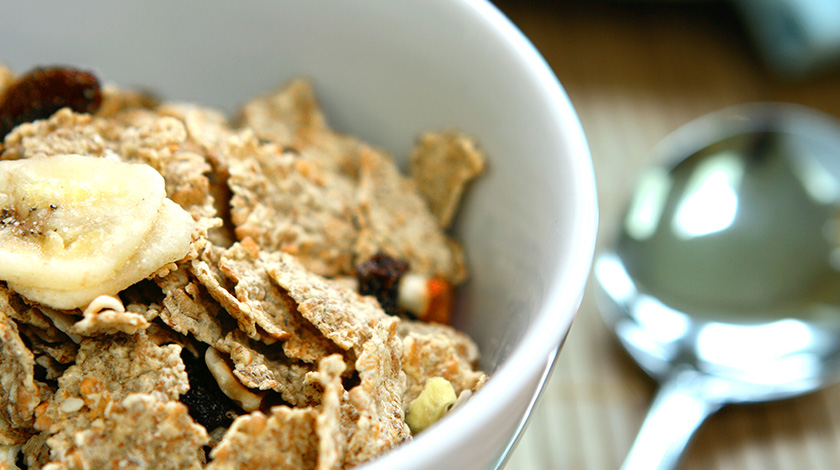We've all been told from a young age that fiber is an essential component of any balanced and healthy diet. Unfortunately, while the recommended daily fiber intake for adults is 18 grams per day, the average eats only 13 grams per day. If you aren't getting your 18 grams of fiber a day, read on to find out what you're missing out on!
What is fiber?
Fiber is found from plant foods such as nuts, whole grains, fruits, vegetables and legumes and refers to the indigestible parts of these edible plants. It can be divided into two broad categories based on solubility.
- Soluble fiber slows down the digestive process, giving your stomach time to absorb valuable nutrients from the meals you consume. Foods high in soluble fiber include beans (particularly kidney and pinto beans), nuts, oats and seeds.1
- As insoluble fiber does not dissolve in water, it adds bulk to the stool, contributing to healthy and regular bowel movements. Foods high in insoluble fiber include whole grains (common examples being whole-wheat bread and pasta, brown rice and granola) as well as many vegetables.1
The one thing both types of fiber have in common? They both have their place in a healthy diet!
Why fiber matters
Here are just a few ways in which a higher fiber intake can make a difference to your health 1.
- Lower risk of heart disease: Consumption of soluble fiber has been linked to lower levels of "bad" cholesterol and reduction in blood pressure, which can improve your cardiovascular health.
- Weight loss: For those who are struggling with an expanding waistline, fiber-rich foods could be the solution you've been looking for. They are known to increase satiety and therefore reduce the urge to snack.
- Combating diabetes: Consumption of refined carbohydrates such as white rice or white bread is linked to diabetes because they are digested extremely quickly, resulting in a blood sugar spike as the glucose is rapidly released into the bloodstream. Fiber-rich foods such as whole grains do the opposite, releasing energy at more regular intervals so your blood sugar levels are normalized.
- Better digestive health: Fiber consumption is key to digestive tract health. High-fiber diets help to ensure regular bowel movements, which remove nasty toxins from your body.
Getting enough fiber

While fiber supplements have become popular in recent years, they should always be the second choice to whole foods, which contain plenty of vitamins, minerals and other great nutrients that fiber supplements do not.2
To make sure you're getting your 18 grams of fiber per day, include at least one fiber rich food in every meal. For instance, you can:
- Start the day with a bowl of oatmeal and some fruits;
- Eat whole grains or legumes (beans and lentils) for lunch; and
- Begin your dinner with a salad.
By doing so, you'll start to feel and look better in no time. Stop neglecting fiber, and make this crucial ingredient the foundation of your diet!
Resources
- Fiber. Harvard School of Public Health. Visited 23 February 2016.
- How to get more fiber in your diet. NHS Choices. Visited 23 February 2016.

